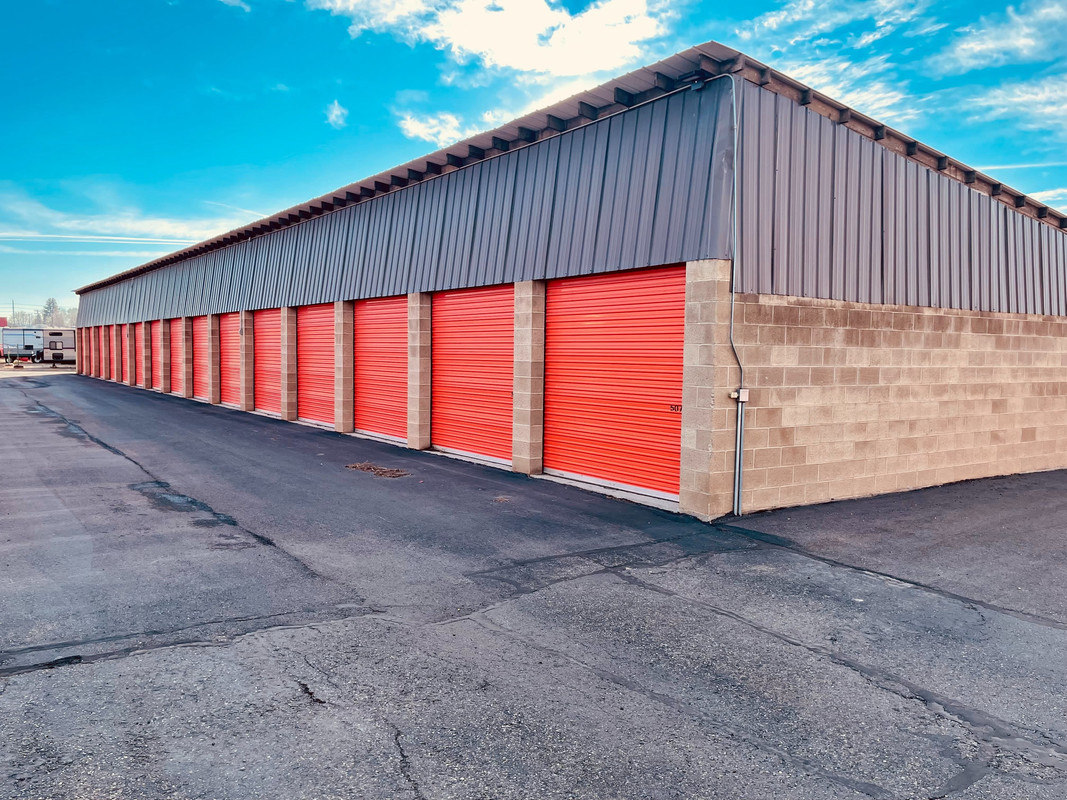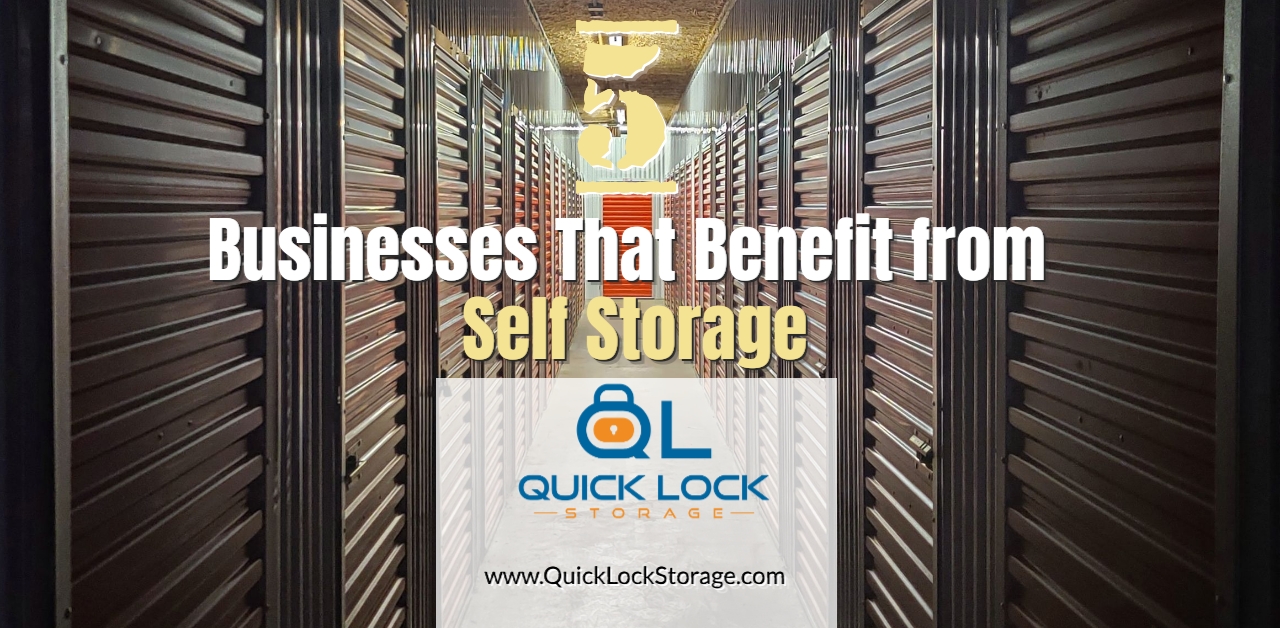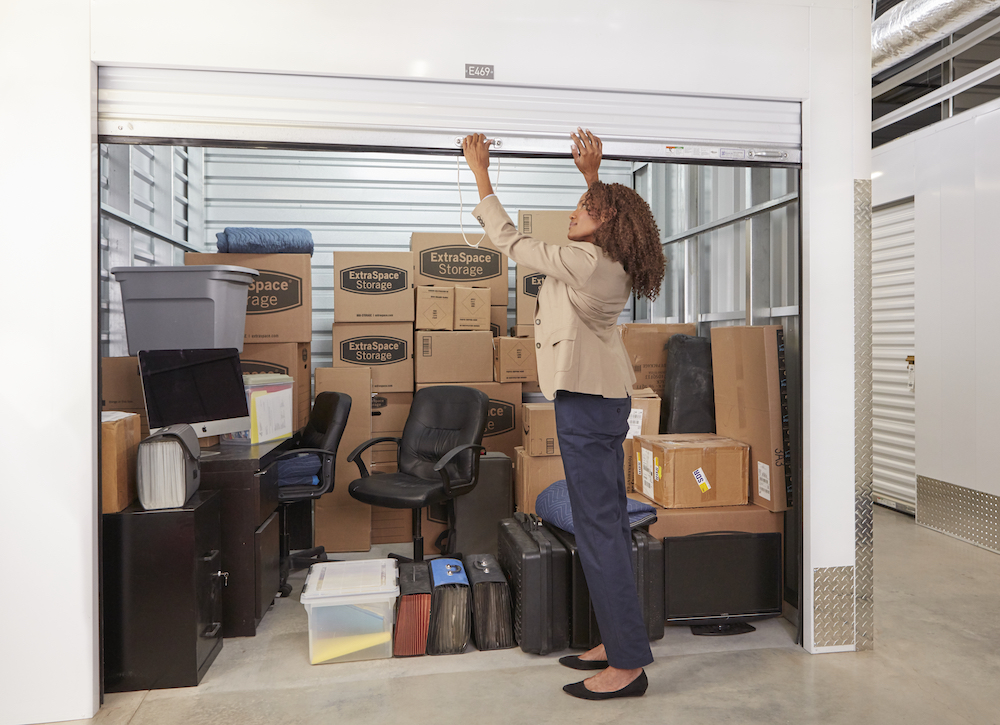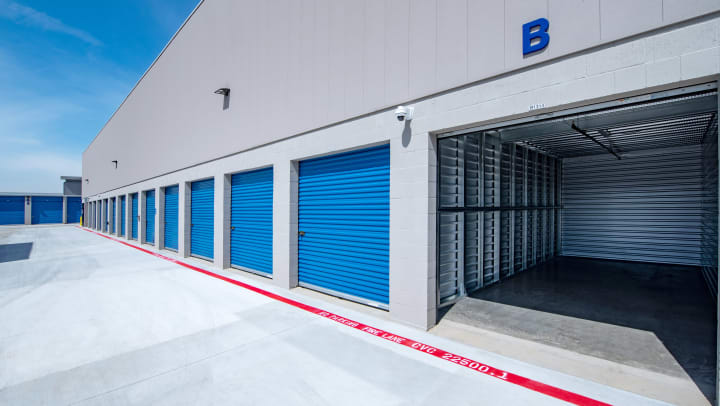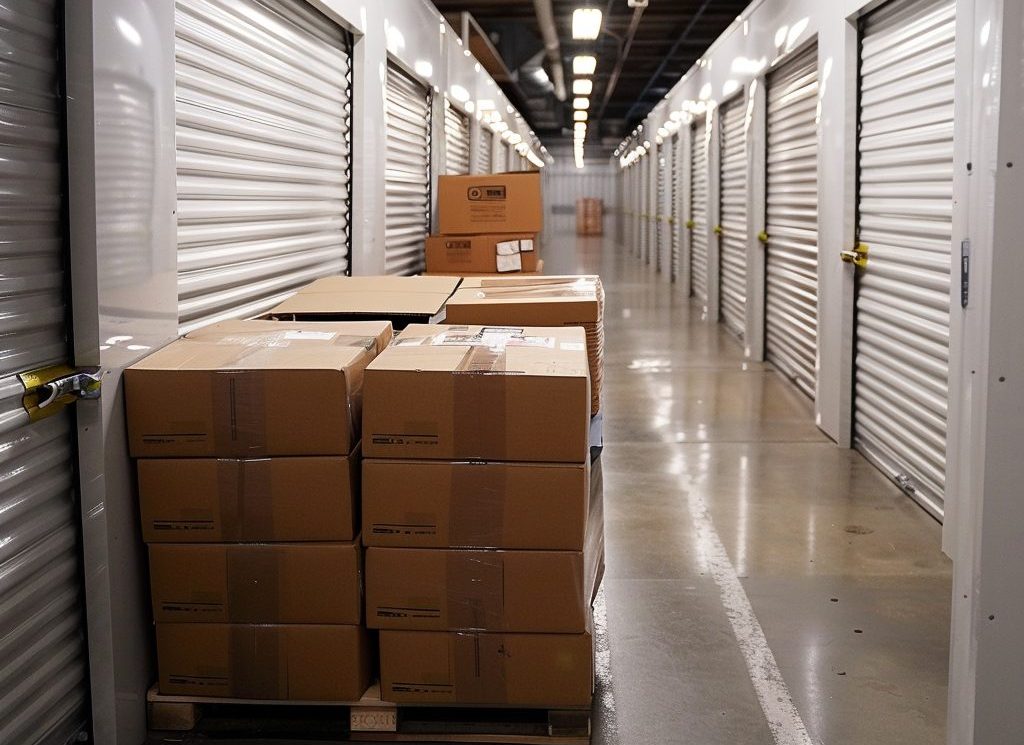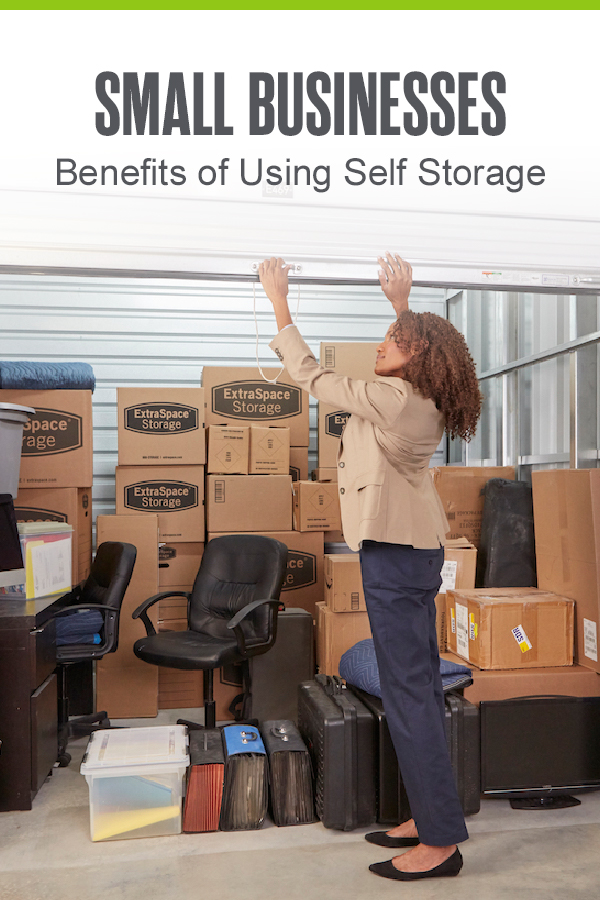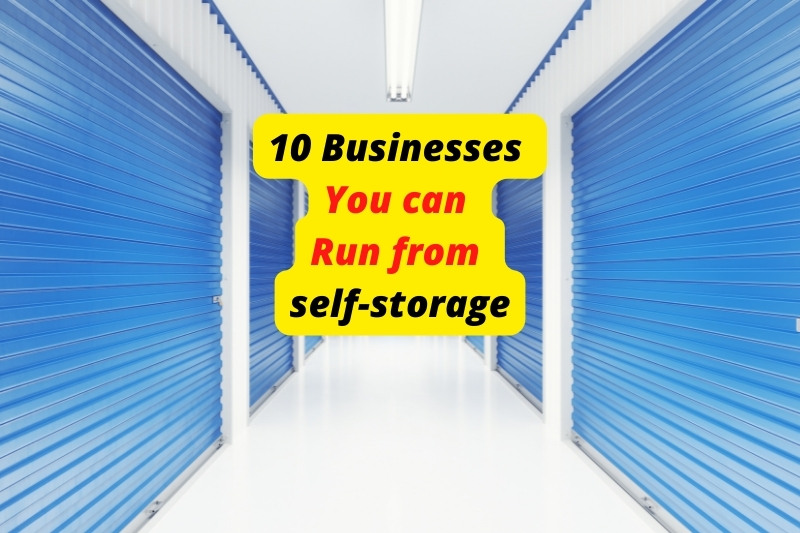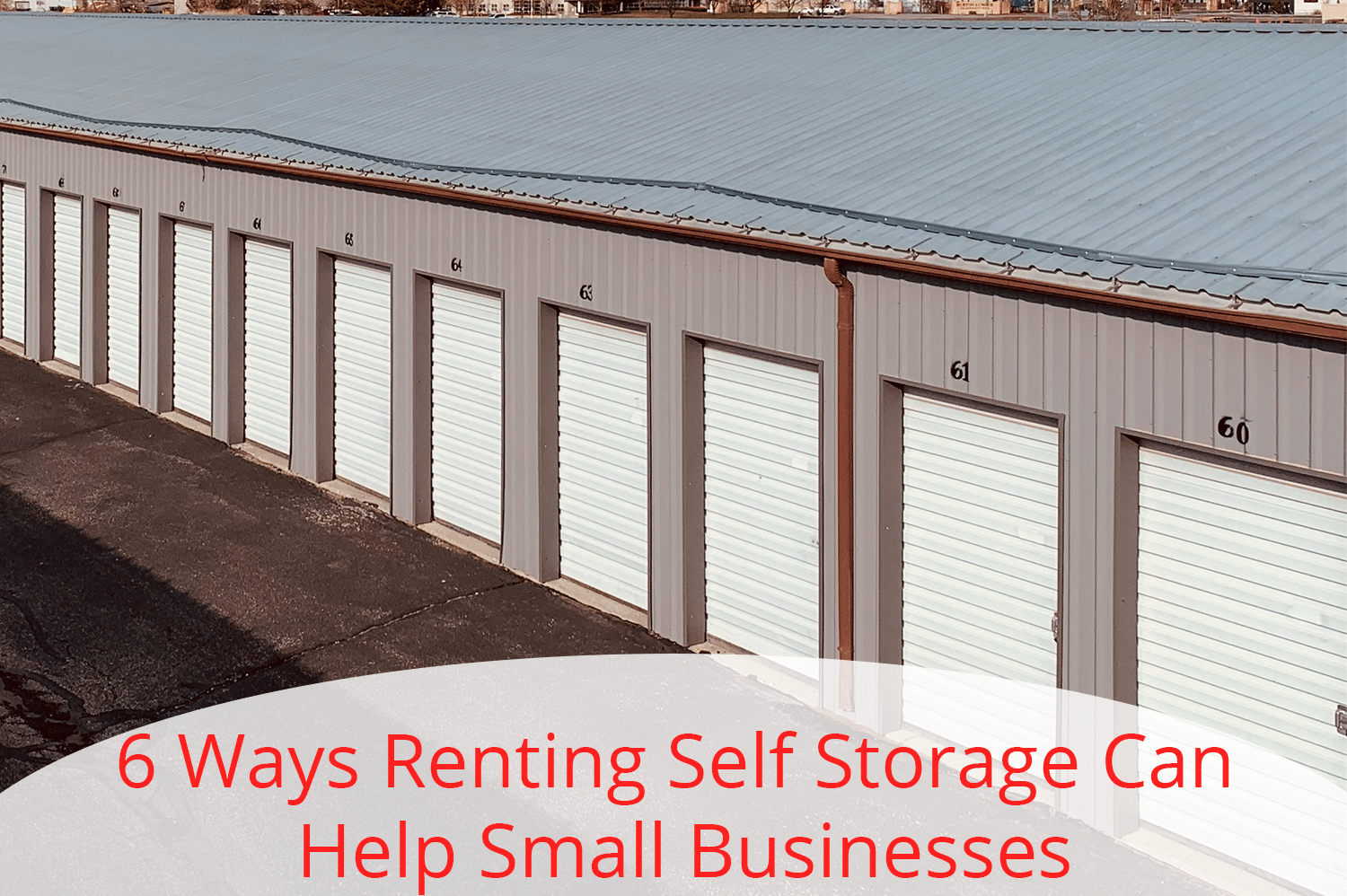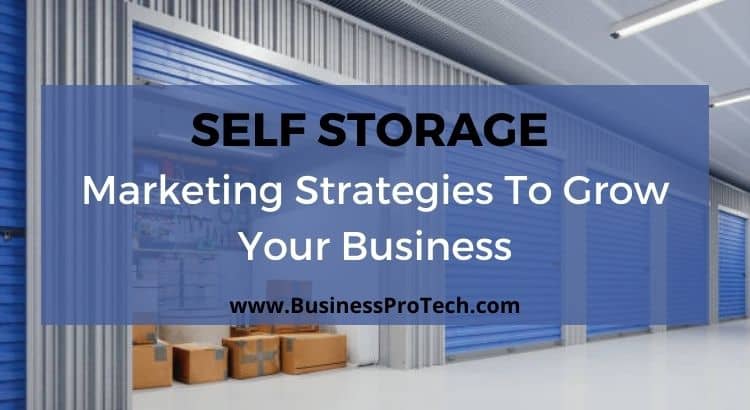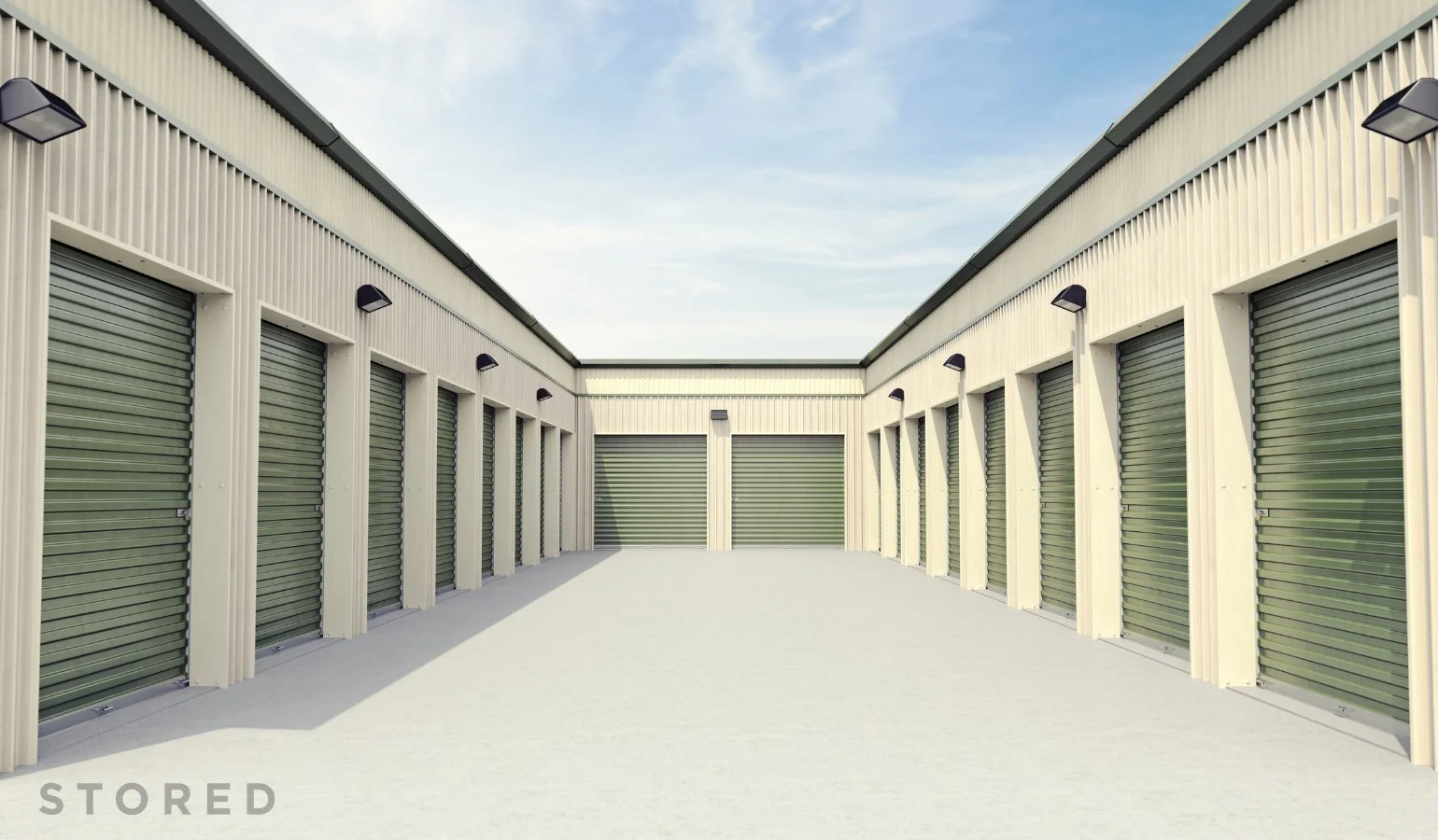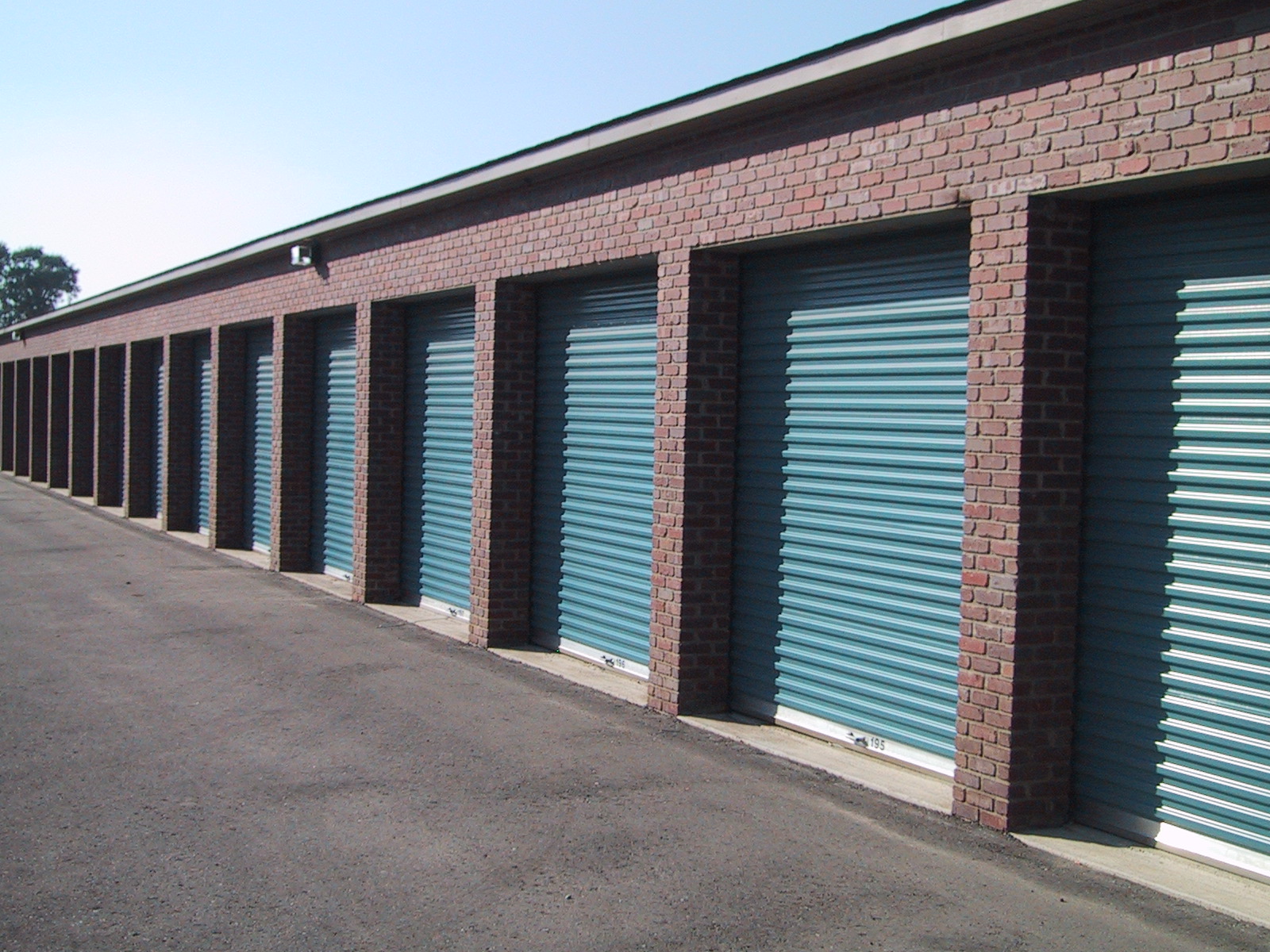Is Self Storage A Good Business
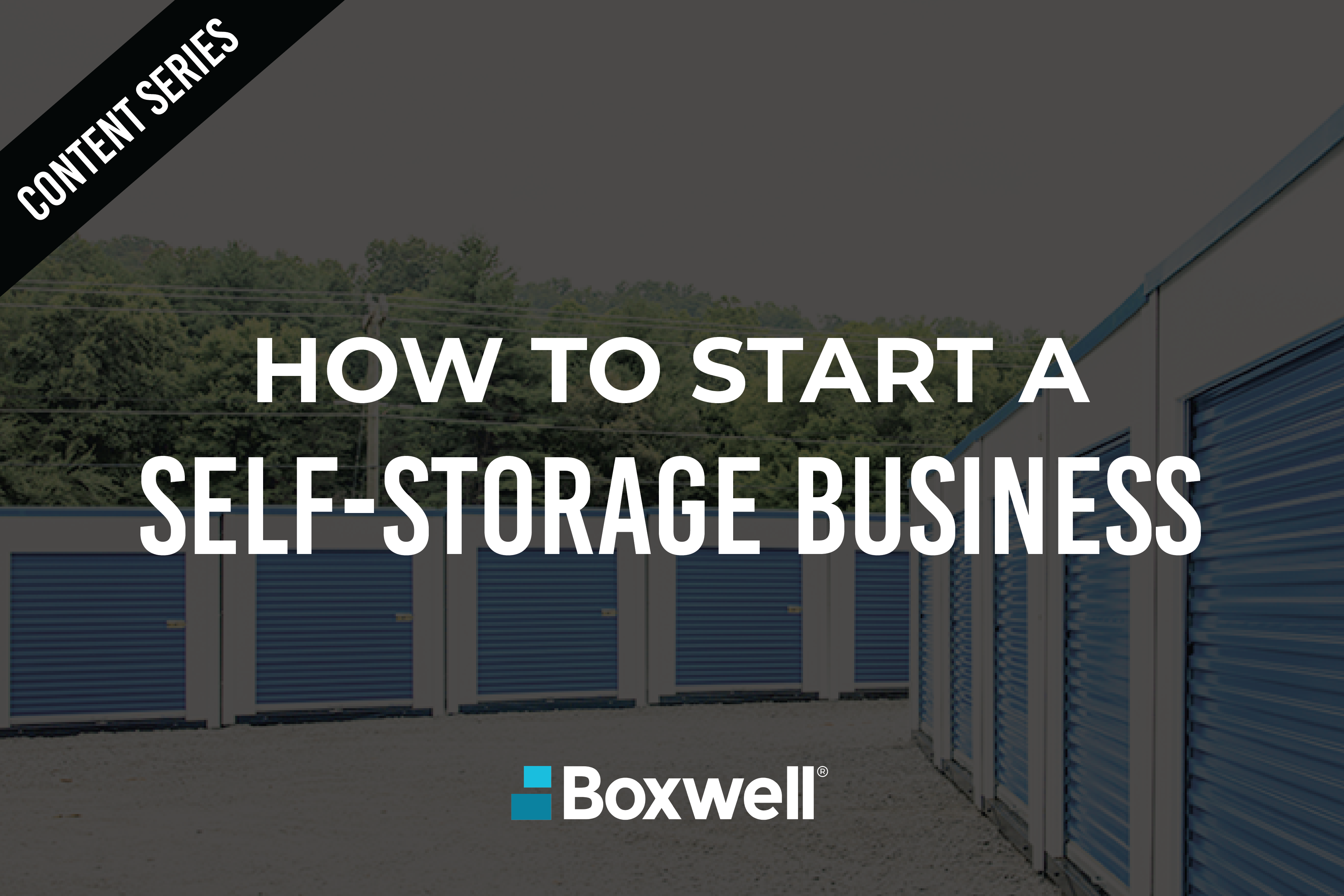
The unassuming facade of self-storage facilities, often lining highways and industrial parks, belies a multi-billion dollar industry that has quietly become a mainstay of the American landscape. While seemingly simple – renting out space – the question of whether self-storage is a genuinely "good" business is complex, encompassing factors from market saturation to technological disruption. Is it a goldmine ripe for the picking, or an overhyped bubble on the verge of bursting?
This article delves into the financial realities of self-storage ownership, examining its profitability, risks, and long-term sustainability. It considers occupancy rates, operating costs, and the impact of economic trends. The analysis will also explore perspectives from industry experts, real estate analysts, and current storage facility owners to provide a comprehensive assessment of the self-storage business model.
The Allure of Self-Storage: Demand and Demographics
One of the primary drivers of self-storage success is consistent demand. This demand stems from several societal trends: increasing population mobility, downsizing trends, and a general accumulation of possessions.
According to the Self Storage Association (SSA), approximately 10% of U.S. households rent a self-storage unit. This high penetration rate points to a deep-seated need for extra space in modern living.
Furthermore, major life events like moving, marriage, divorce, and death often necessitate temporary storage solutions, fueling a continuous influx of new customers. Economic downturns can even boost demand as people downsize or businesses store excess inventory.
Profitability and Operating Costs: A Balancing Act
Self-storage facilities can generate significant revenue due to relatively low operating costs. Unlike retail or office spaces, self-storage requires minimal tenant improvement and ongoing maintenance.
However, that doesn't mean running a self-storage facility is without expense. Property taxes, insurance, security, and utilities all contribute to overhead.
Furthermore, marketing and customer acquisition are crucial for maintaining high occupancy rates. The cost of these expenses must be carefully managed to ensure profitability.
According to industry data, well-managed facilities can achieve net operating income (NOI) margins of 60% or higher. This is significantly higher than many other real estate asset classes.
A critical factor affecting profitability is occupancy rate. A facility with high occupancy generates consistent revenue, while a low occupancy rate can quickly erode profits.
Market Saturation and Competition: Navigating the Landscape
The self-storage industry has experienced rapid growth in recent years, leading to increased competition in many markets. Some areas are now considered oversaturated, meaning there are more storage units than demand warrants.
This saturation can lead to price wars and lower occupancy rates, impacting profitability for all facilities in the area. Thorough market research is essential before investing in a new or existing self-storage facility.
Analyzing demographics, competitor pricing, and local demand is vital for identifying underserved areas or niche markets. Differentiation through amenities like climate control, security features, or specialized storage options can also provide a competitive edge.
The Impact of Technology: Embracing the Digital Age
Technology is playing an increasingly important role in the self-storage industry. Online booking platforms, digital marketing, and automated access control systems are becoming essential for attracting and retaining customers.
These technologies can streamline operations, reduce administrative costs, and enhance the customer experience. Facilities that embrace technology are better positioned to compete in the modern market.
Conversely, facilities that lag in technology adoption may struggle to attract tech-savvy customers. Investing in digital infrastructure is therefore a crucial consideration for long-term success.
Risks and Challenges: Beyond the Surface
While self-storage can be a lucrative business, it is not without its risks. Economic downturns can reduce demand as people downsize or delay moving plans.
Changes in zoning regulations or property taxes can also impact profitability. Environmental concerns, such as soil contamination, can present significant liabilities.
Moreover, managing tenant delinquencies and abandoned property can be challenging and time-consuming. Thorough due diligence is essential before acquiring or developing a self-storage facility.
Investing in proper insurance and security measures is crucial for mitigating risks. Developing a comprehensive business plan that addresses potential challenges is also essential.
Expert Opinions and Industry Insights
According to real estate analysts, the self-storage industry is expected to continue growing in the coming years, but at a slower pace. Increased competition and market saturation will likely put downward pressure on rental rates.
Industry experts advise focusing on value-added services and customer experience to differentiate from competitors. Investing in technology and marketing is also crucial for success.
Many current self-storage owners emphasize the importance of location, location, location. A facility located in a high-traffic area with strong demographics is more likely to succeed.
The Future of Self-Storage: Adaptability and Innovation
The self-storage industry is constantly evolving. As consumer preferences change and new technologies emerge, facility owners must adapt to stay competitive.
Innovations such as mobile storage units, on-demand storage services, and specialized storage solutions are gaining popularity. Facilities that embrace these innovations are better positioned to thrive in the future.
Sustainability is also becoming an increasingly important consideration. Green building practices, energy-efficient technologies, and responsible waste management can attract environmentally conscious customers.
Conclusion: A Solid Investment with Careful Consideration
In conclusion, self-storage can be a good business, offering the potential for strong returns and relatively stable cash flow. However, success depends on careful planning, thorough market research, and effective management.
Navigating competition, adapting to technological advancements, and mitigating risks are crucial for long-term profitability. While the industry may face challenges in the future, the demand for storage space is likely to remain strong.
Therefore, prospective investors should approach the self-storage market with a realistic understanding of both its opportunities and its challenges. Due diligence and expert advice are essential for making informed decisions and maximizing the potential for success.
